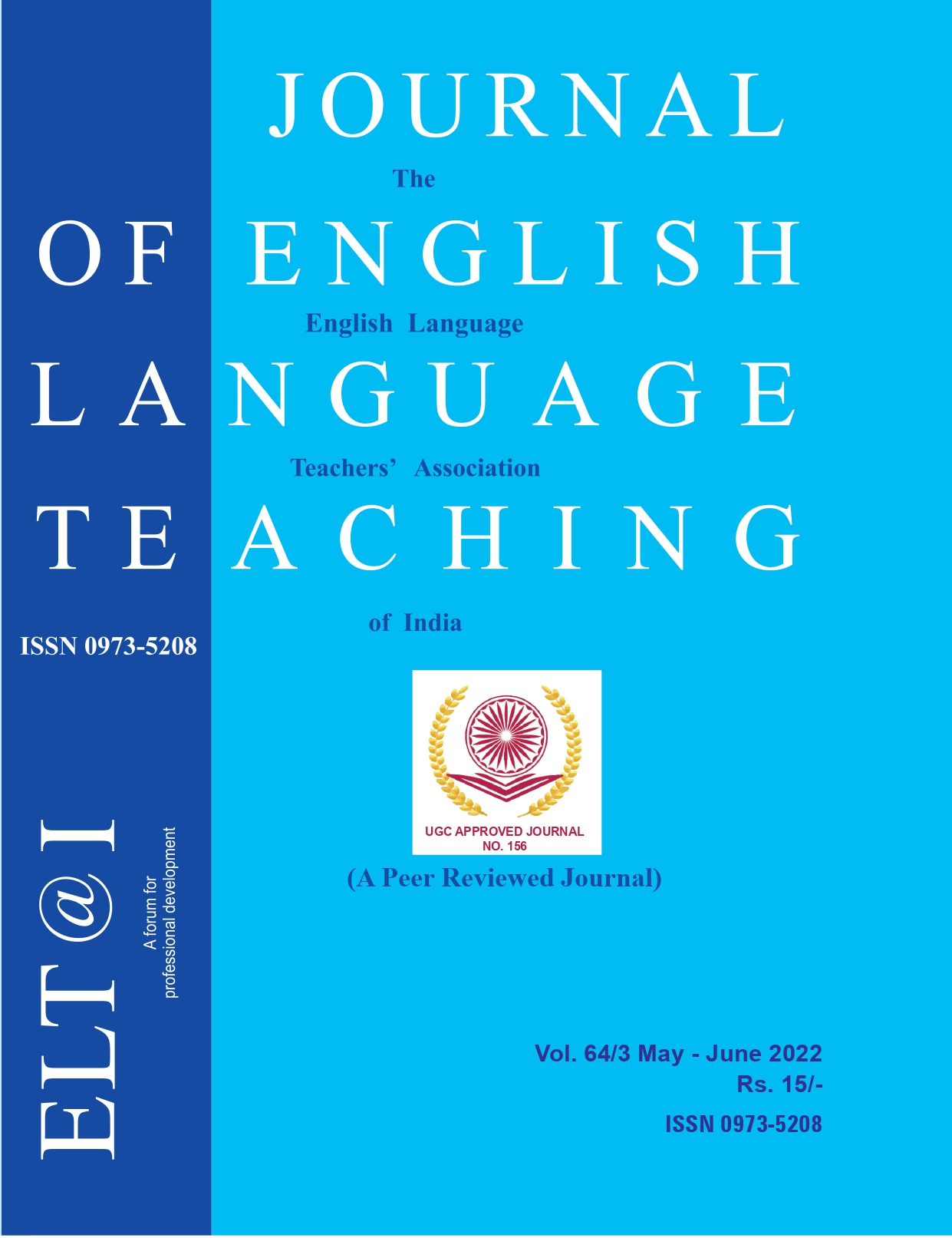Teacher Autonomy: Ensuring Equity and Reinstating Respect
Keywords:
Teacher autonomy, teacher freedom, impositions, empowermentAbstract
This article attempts to provide an account of the impediments that teachers face in the path of creating a teachinglearning atmosphere. It will provide an insight into what teacher autonomy is and the inhibitions that are ‘created’ or already exist and therefore experienced by a teacher. It analyses the shared principles that should exist on various levels in the educational system and how that can empower teachers in carrying out their her/his responsibilities in the most effective manner.
References
Adom, D., Yeboah, A., & Ankrah, A. K. (2016). Constructivism philosophical paradigm:
Implication for research, teaching and learning. Global journal of arts humanities and social sciences, 4(10), 1-9.
Benson, P. (2010) “Teacher education and teacher autonomy: Creating spaces for experimentation in secondary school English language teaching.” Language Teaching Research 14(3) 259–275. DOI: 10.1177/ 1362168810365236
Choudhury, M. T. (2015). A Study of Teacher Autonomy and its Impact on Classroom Practices in Secondary Schools of Bangladesh. Unpublished Ph D thesis. EFL University.
Deepa, Shree (2022, October). Academic Rape in Education Spaces - A Thought Seed Essay. Wisdom Speaks. Vol.7. (forthcoming) Gardner, H. (1993). Frames of mind: The theory of multiple intelligences. New York, NY: BasicBooks.
Government of India (2020). National Education Policy. New Delhi: Government of India.
Prabhu, N.S. (1987). Second Language Pedagogy. Oxford University Press.
